The 2016 Bentley Mulsanne has been spotted testing with minimal disguise in both standard and long-wheelbase variants.
The spy shots suggest the styling tweaks for the facelifted car will be subtle, with a revised grille and air intakes. Black cladding partially obscures the new LED headlights, while the redesigned fascia creates a smoother overall shape, with particular focus paid to the front wings.
February 2016 update - see the full reveal of the 2016 Bentley Mulsanne here
The bluff rear of the Mulsanne’s bootlid has also been made smoother, with minimal changes to the rear lights and bumper. The most noticeable alterations for the long-wheelbase version are the elongated rear doors and extended glasshouse.
The twin-turbocharged 6.75-litre V8 engine, which was completely refreshed for the Mulsanne when it was launched in 2010, is expected to remain unchanged, with 505bhp and 752lb ft of torque. Bentley remains tight-lipped on details about the facelift, but with a hybrid Bentayga SUV already confirmed for production, a hybrid powertrain is likely to appear in the Mulsanne too, as previewed in 2014 in the Mulsanne-based Bentley Hybrid Concept.
The facelifted Mulsanne range is tipped to be followed by revised versions of the Brooklands coupé and Azure convertible, along with a production version of the Bentley Grand Convertible concept revealed at last year’s Los Angeles motor show.
Get the latest car news, reviews and galleries from Autocar direct to your inbox every week. Enter your email address below:

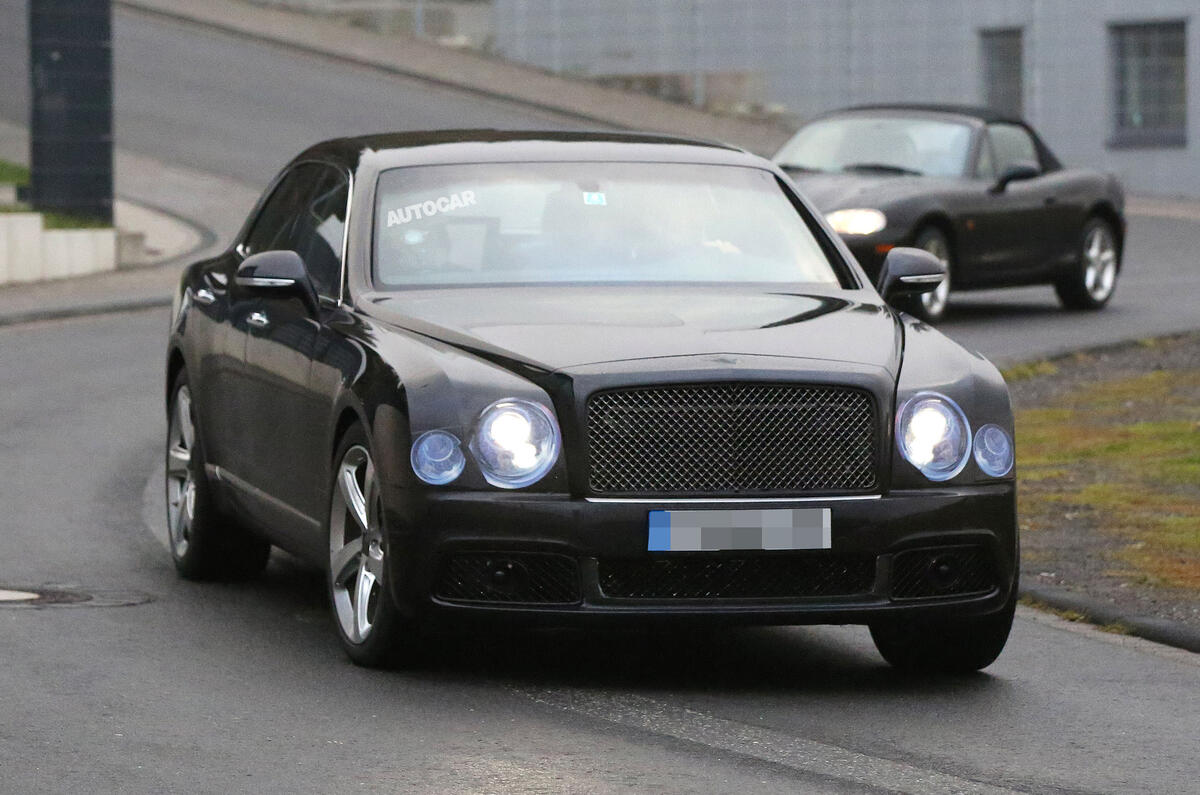
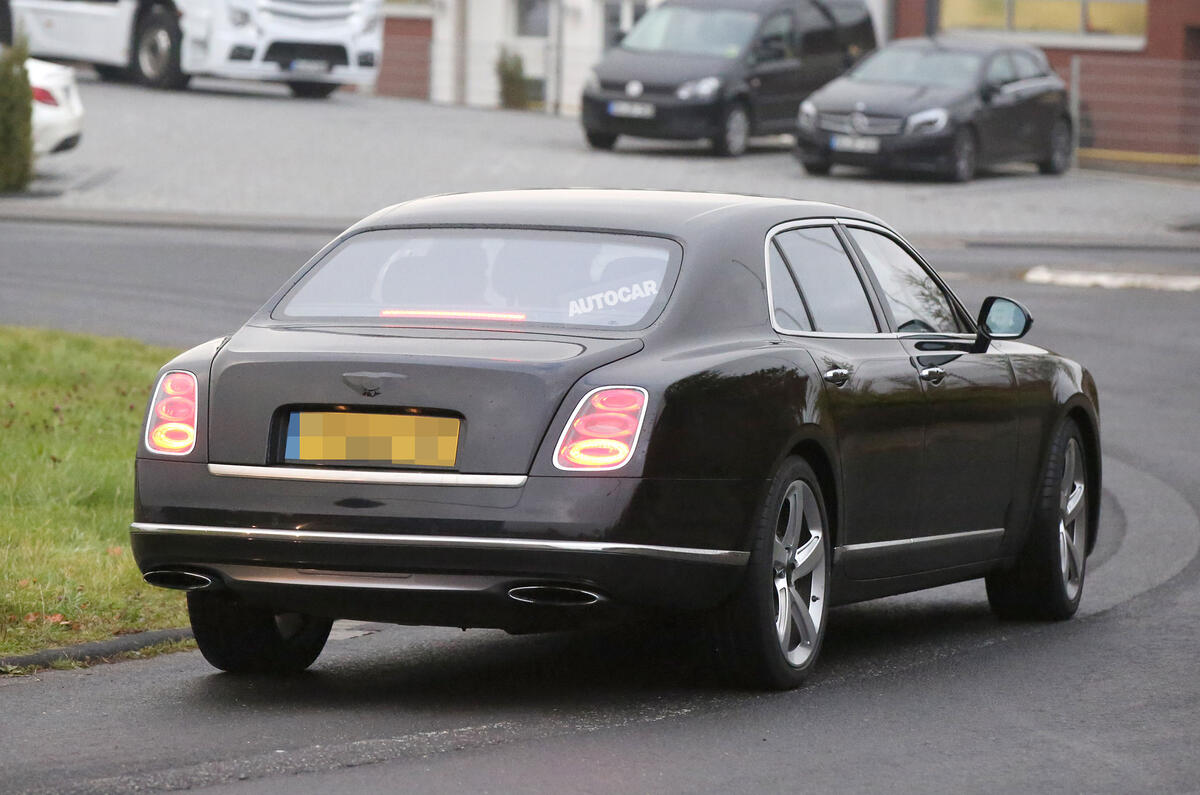
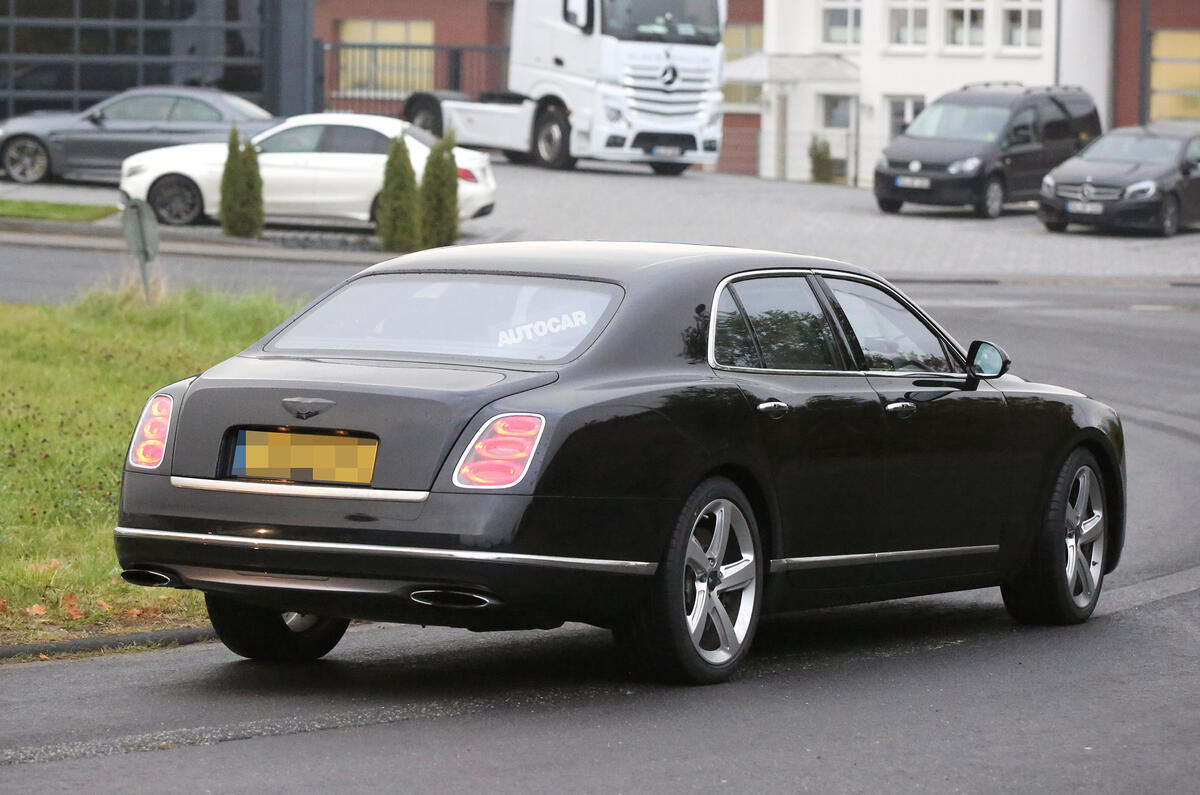
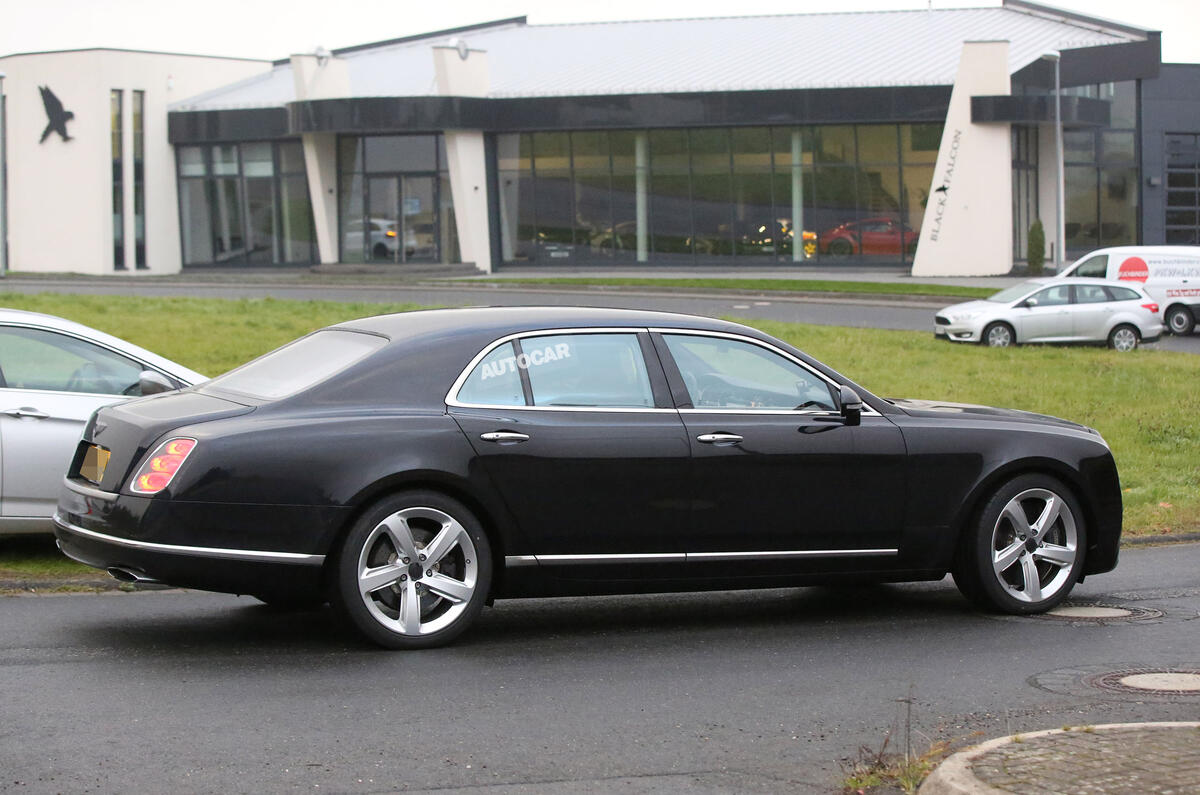
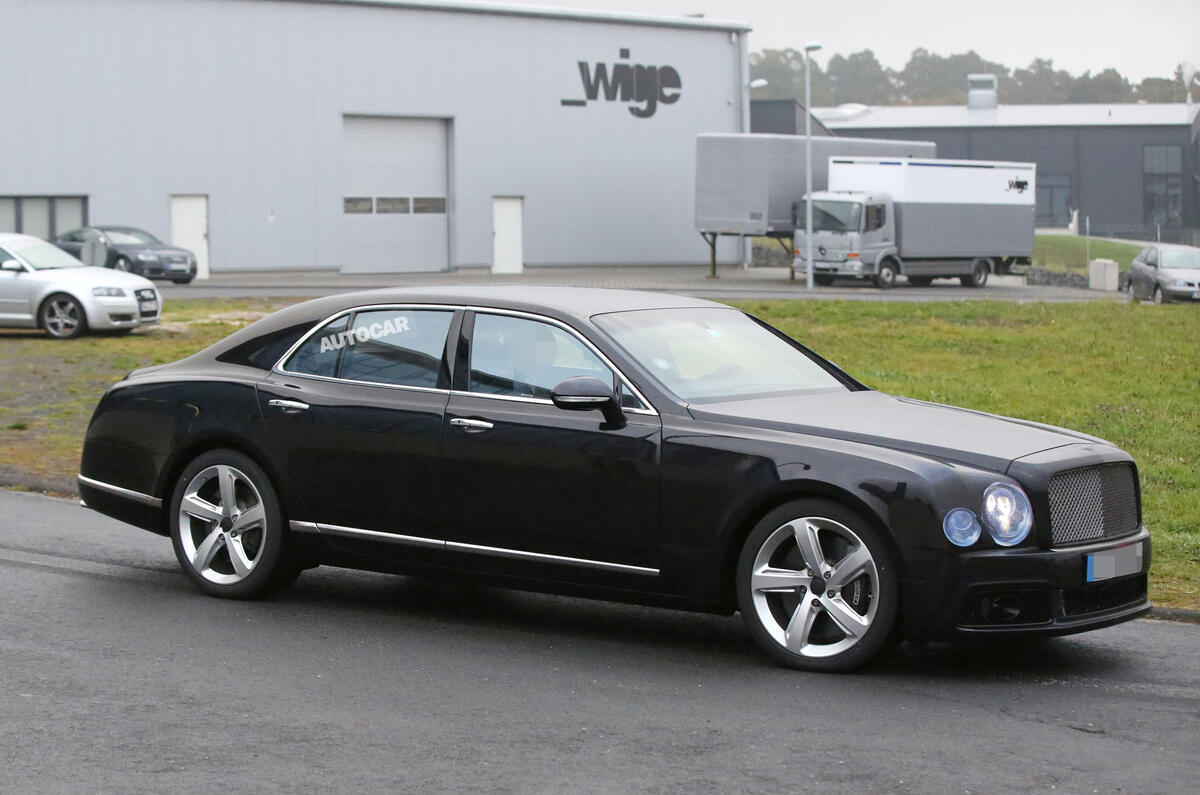
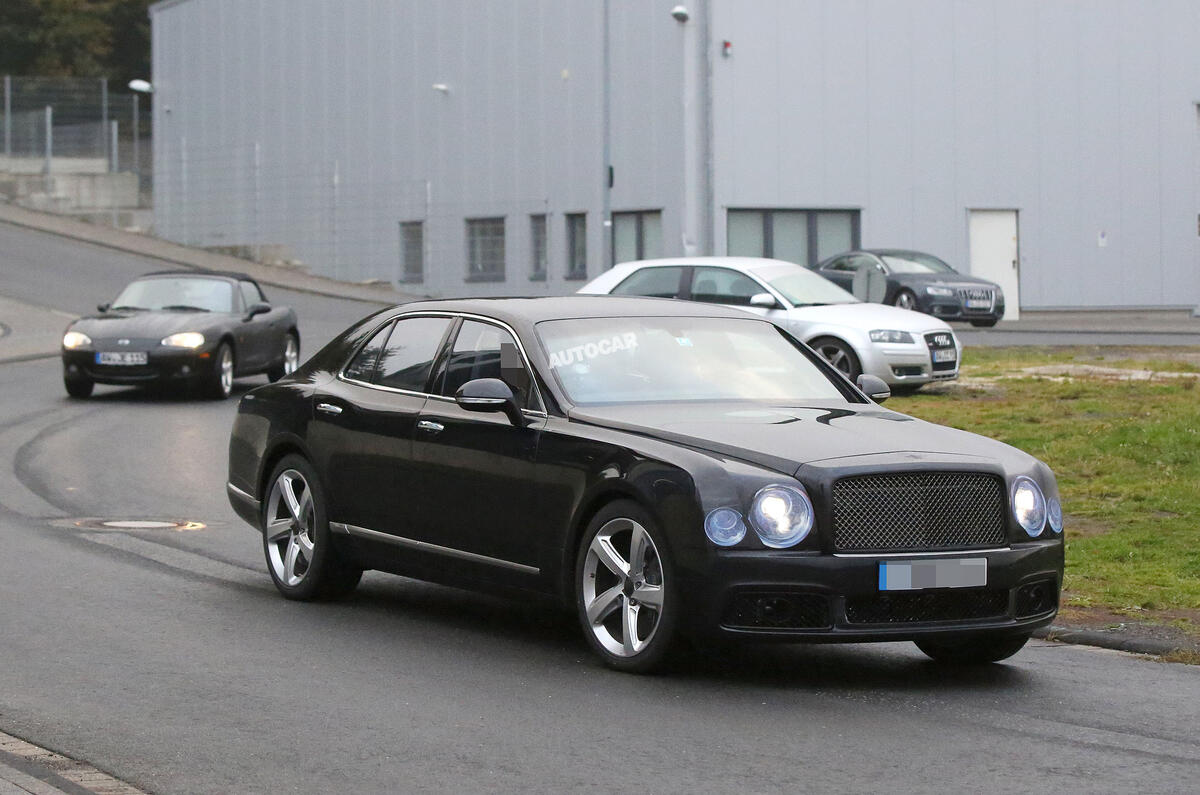
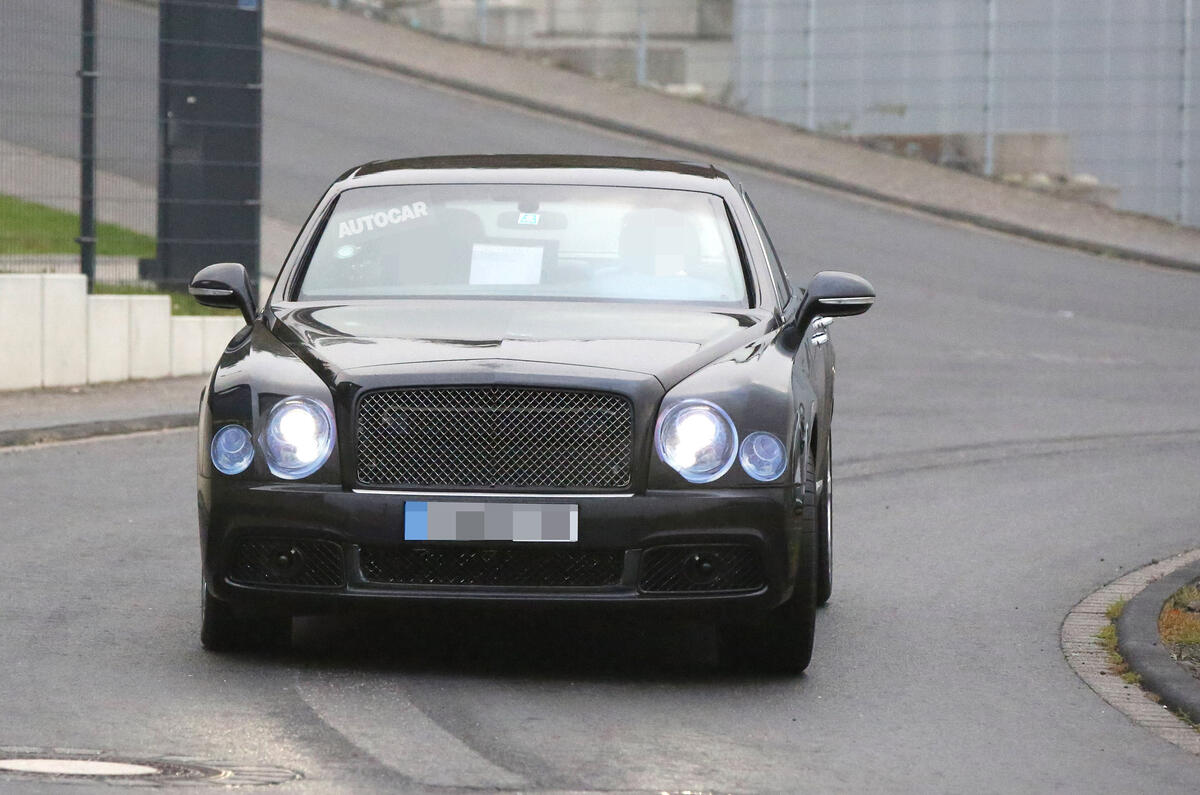
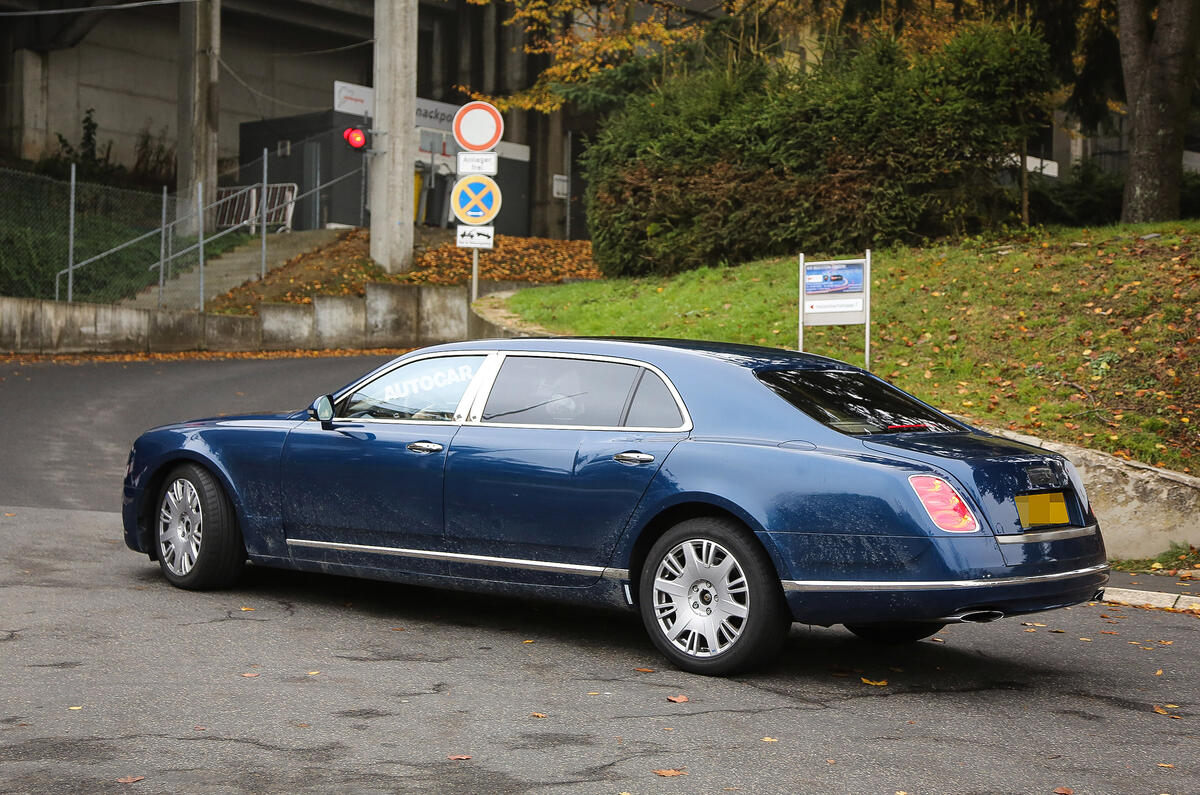
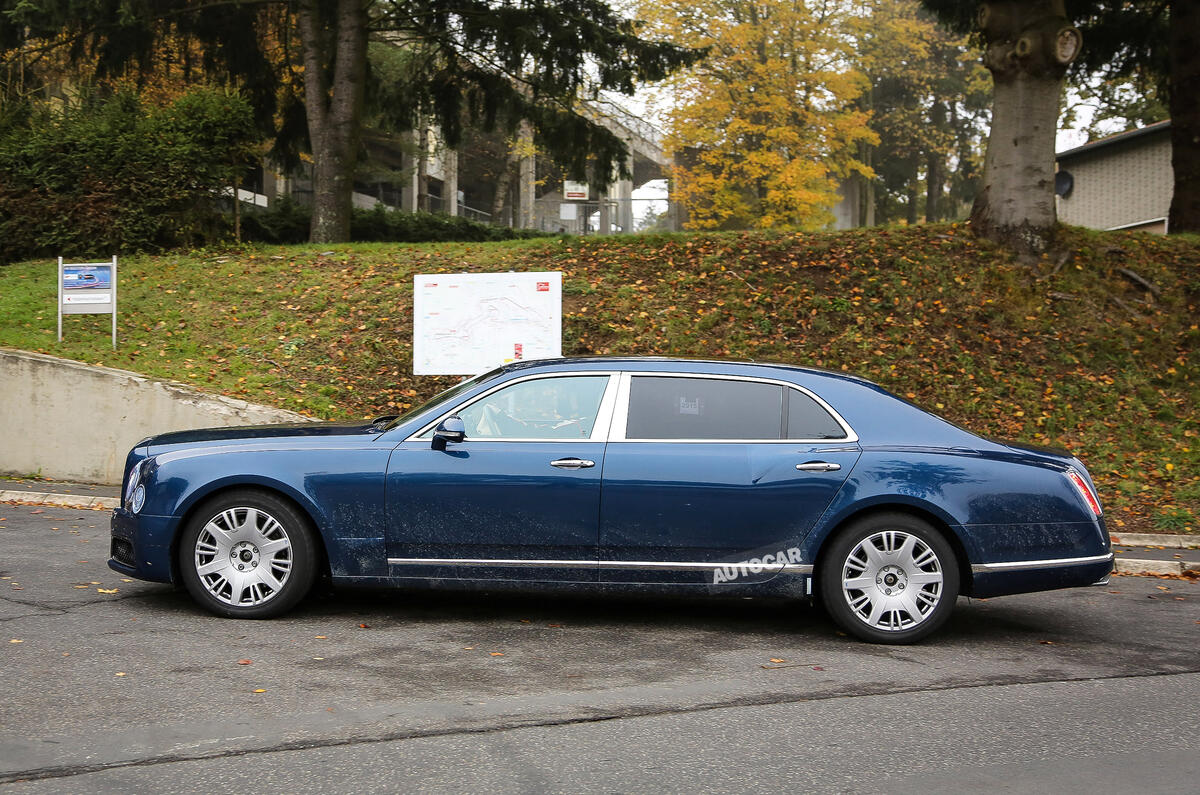
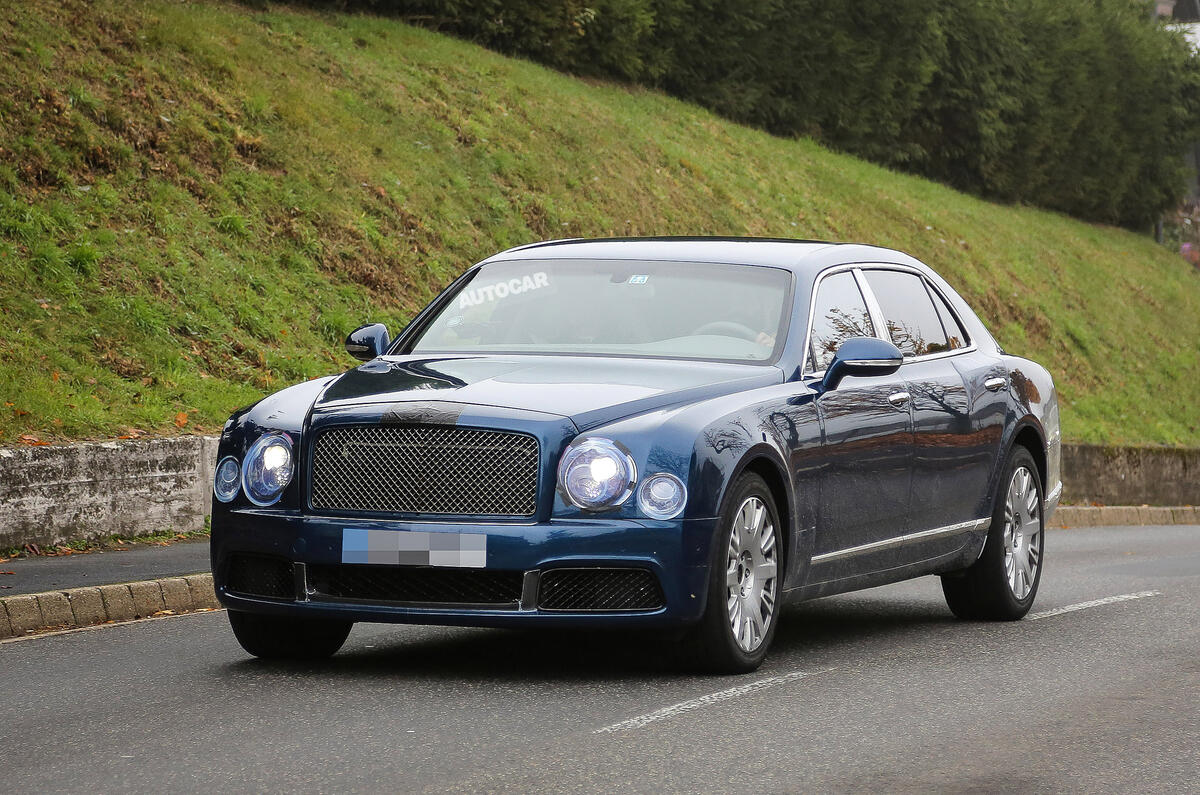
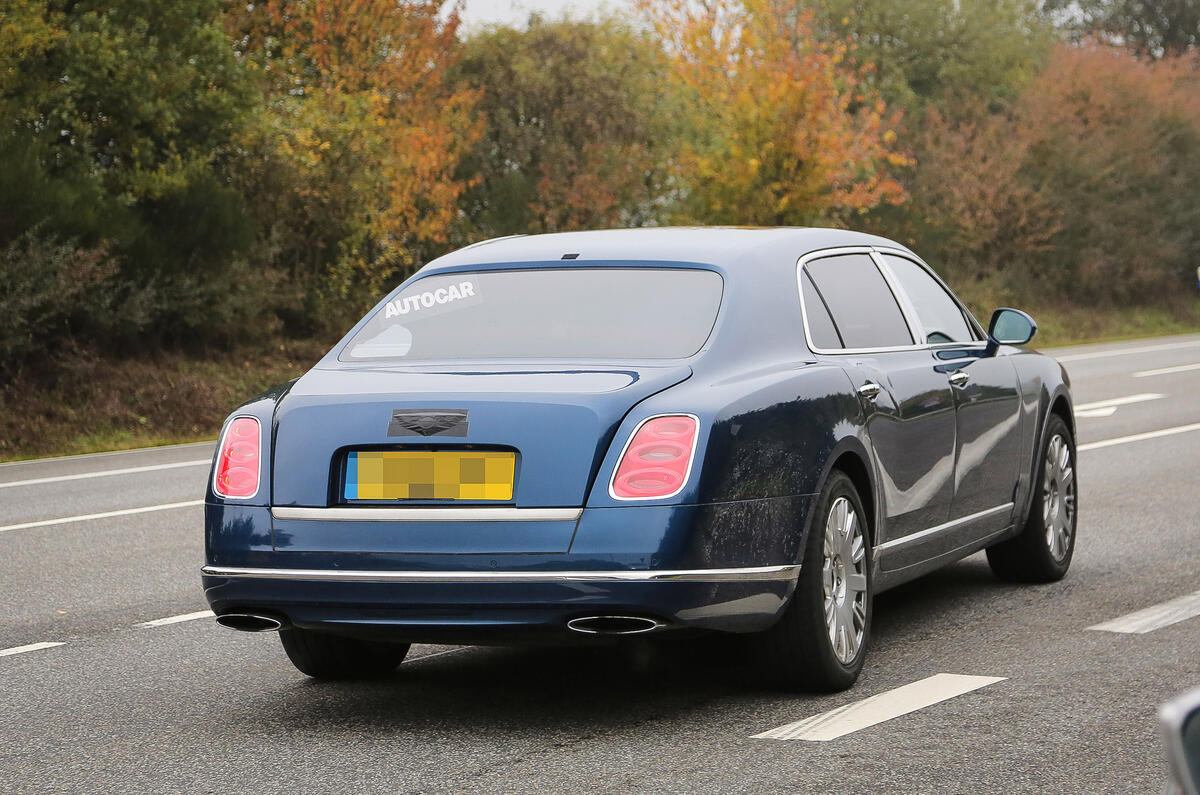
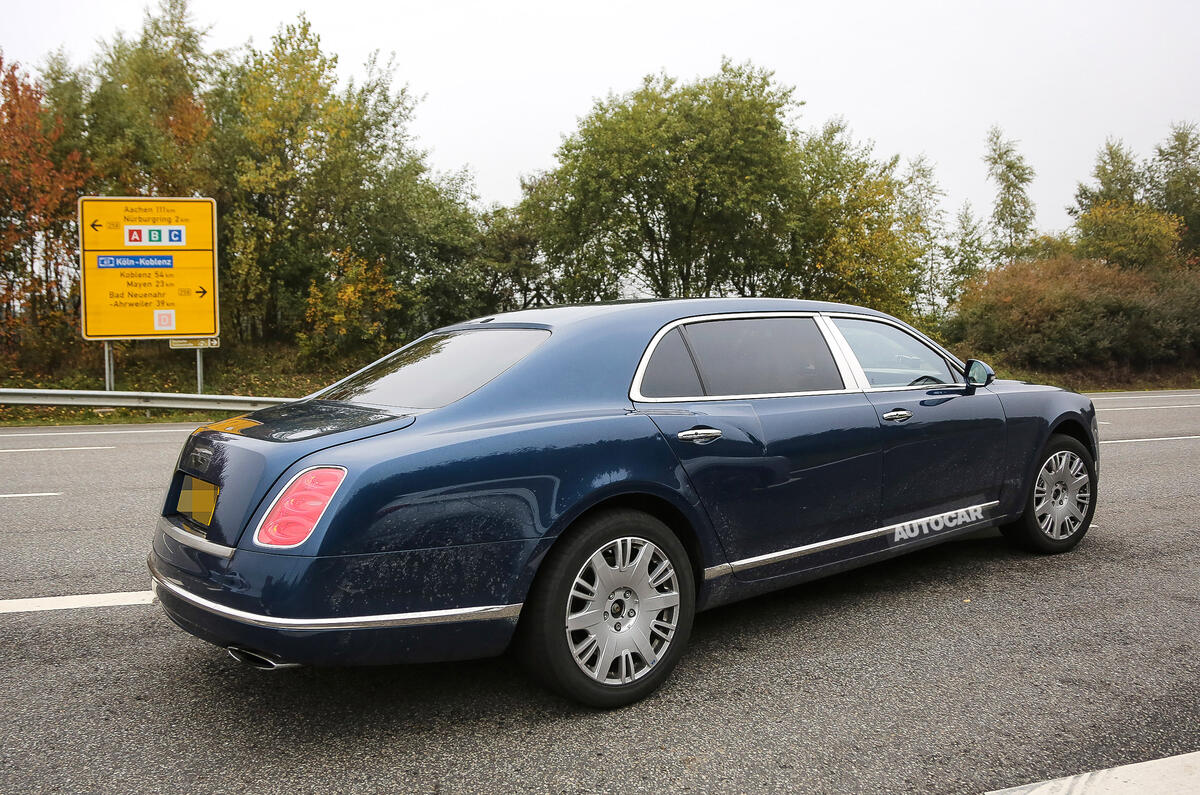
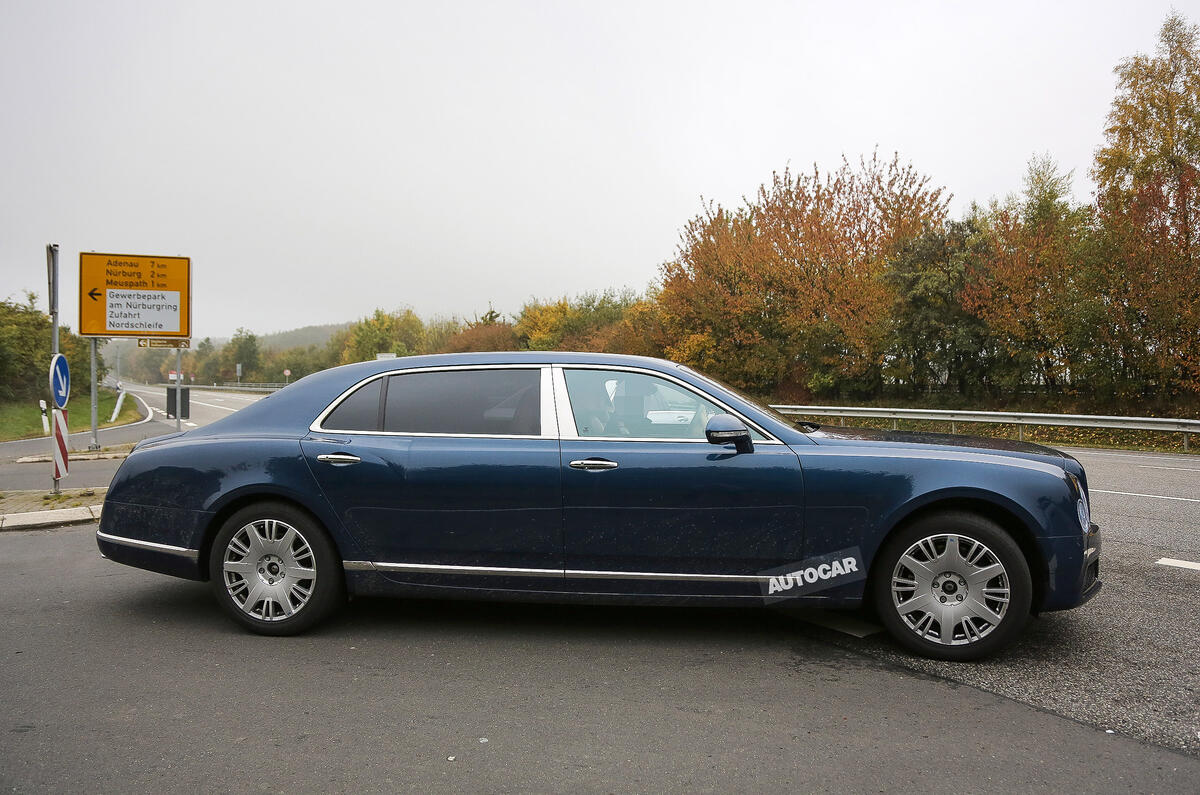




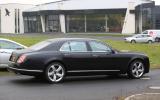



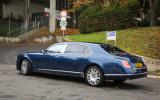



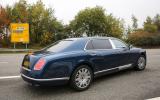

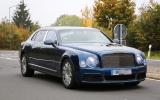


Join the debate
Add your comment
Aaarrgh!!
Bulky Rear End
Fascia can be used to mean
Since when...?
ˈfeɪʃɪə,-ʃə/Submit
noun
1.
a board or other flat piece of material covering the ends of rafters or other fittings.
"a further piece of chipboard acts as a fascia to disguise the ceiling fixtures"
2.
BRITISH
the dashboard of a motor vehicle.
"the interior boasts a Mercedes-like fascia"
I think it's probably a mis-translation from the German, now that all the engineering and validation is done in Germany. Just look at the road signs.
@Paul73
Daniel Joseph wrote: I
I am in violent agreement. Facelifts inevitably try to "freshen" but normally dilute the designer's original vision, or worse, destroy it. Merc SL and SLK facelifts spring to mind. Diabolical, hodeous, unbalanced and ill-conceived!